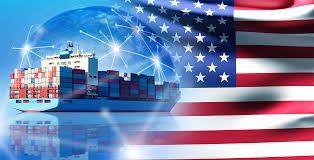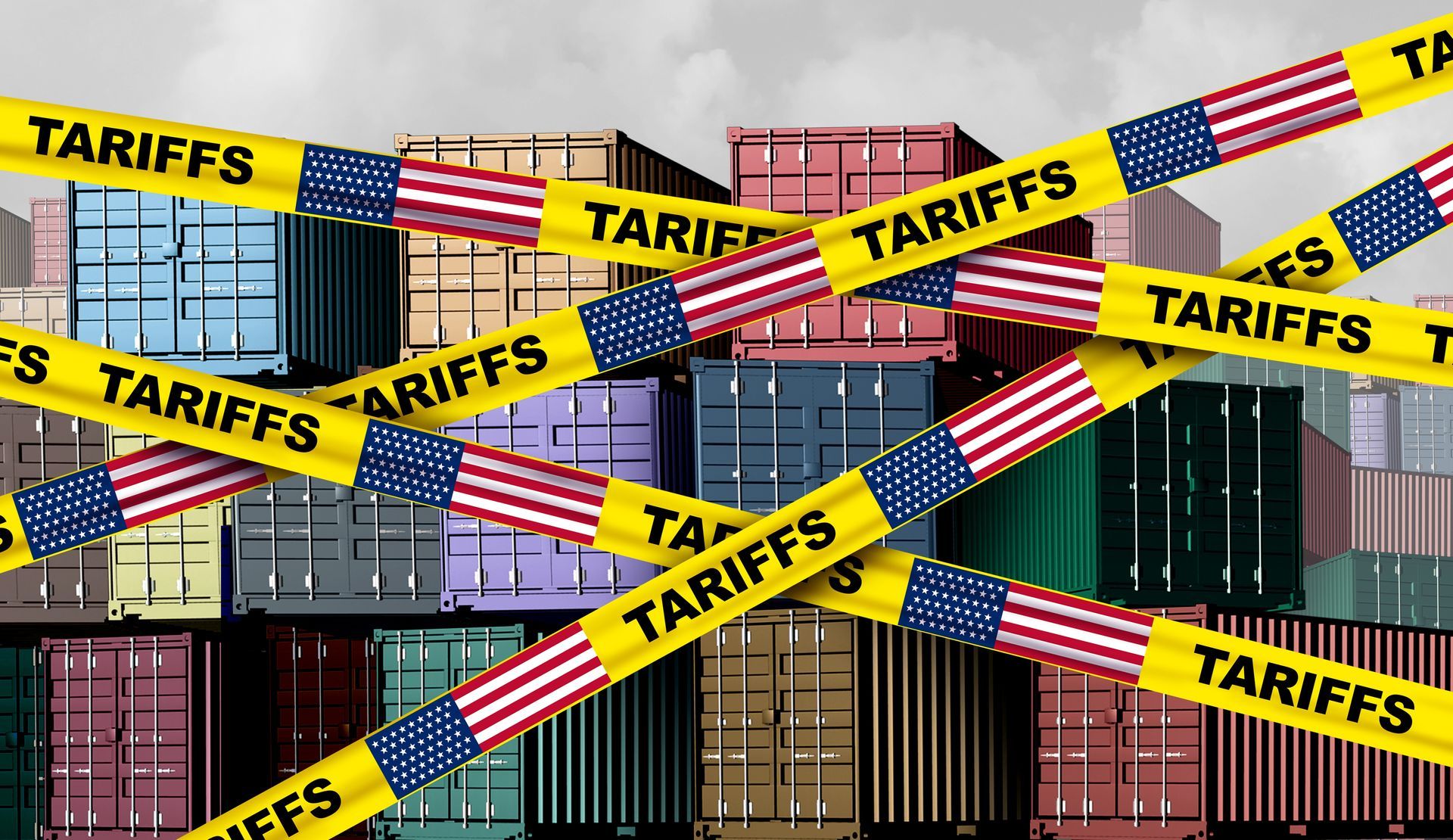Retention and Increase of Section 301 Tariffs
The U.S. Trade Representative's Office released their four-year review of the Section 301 Tariffs which call for retaining the duties currently in place along with an increase on entire classes of Chinese imports.

In a global economic landscape rife with competition and challenges, the Biden-Harris Administration has taken decisive action to safeguard American workers and industries from unfair trade practices, particularly those emanating from China. President Biden's economic plan is not just about bolstering domestic industries but also about ensuring fair competition on the global stage.
China's practices, including technology transfer coercion, intellectual property theft, and market-distorting subsidies, pose significant threats to American businesses and workers. The Administration's response, outlined in the recent directives, reflects a commitment to leveling the playing field and fostering an environment where American industries can thrive.
One of the key measures announced is the increase in tariffs under Section 301 of the Trade Act of 1974 on $18 billion of imports from China. This move is targeted at strategic sectors where American investments are substantial, such as steel, semiconductors, electric vehicles (EVs), and medical products. These tariffs aim to counteract the unfair advantages gained by Chinese industries through non-market practices.
The rationale behind each tariff increase is grounded in the need to protect critical American industries and promote domestic manufacturing. Let's delve into some of the sectors affected and the reasoning behind the tariff adjustments:
Steel and Aluminum: By increasing tariffs on steel and aluminum products, the Administration seeks to shield American industries from China's overcapacity and unfair competition. Investments in clean manufacturing projects, supported by legislative acts like the Bipartisan Infrastructure Law, underscore the commitment to revitalizing these sectors while ensuring environmental sustainability.
Semiconductors: Recognizing the strategic importance of semiconductor manufacturing, the Administration is bolstering domestic capacity through significant investments. By raising tariffs on semiconductors, the aim is to safeguard these investments and prevent overreliance on Chinese suppliers, thus ensuring the resilience of critical supply chains.
Electric Vehicles (EVs): With China's subsidization leading to a surge in EV exports, the tariff hike aims to protect American manufacturers and investments in the burgeoning EV market. The Administration's focus on incentivizing domestic EV production aligns with its broader clean energy agenda and commitment to creating high-quality jobs in the automotive sector.
Batteries, Critical Minerals, and Solar Cells: The tariff adjustments in these sectors are geared towards reducing dependence on Chinese-controlled supply chains. By incentivizing domestic production and addressing vulnerabilities in critical minerals sourcing, the Administration aims to strengthen America's energy security and advance its clean energy goals.
Ship-to-Shore Cranes and Medical Products: These tariff increases are essential for safeguarding key infrastructure and ensuring a robust domestic industrial base for critical medical supplies. By mitigating risks associated with overreliance on Chinese imports, the Administration is prioritizing both national security and public health interests.
A breakdown of duties expect to or have already increased:
Semiconductors: 25% to 50% in 2025
Steel and Aluminum: 0-7.5% to 25% in 2024
Electric Vehicles: 25% to 100% in 2024
Lithium-Ion EV batteries: 7.5% to 25% in 2024
Lithium-Ion Non-EV batteries: 7.5% to 25% in 2026
Battery Parts: 7.5% to 25%
Natural Graphite and Permanent Magnets: 0% to 25% in 2024
Solar Cells: 25% to 50% in 2024
Ship-to-Shore Cranes: 0% to 25% in 2024
Syringes and Needles: 0% to 50% in 2024
Personal Protective Equipment (PPE): 0-7.5% to 25% in 2024
Rubber Medical and Surgical Gloves will increase from 7.5% to 25% in 2026
President Biden's approach to trade underscores a commitment to fair competition, strategic investment, and the protection of American workers. Rather than resorting to blanket tariffs or isolationist policies, the Administration is leveraging targeted measures to address specific challenges while fostering cooperation with international partners.
Moreover, the Administration's emphasis on comprehensive economic policies, such as the Investing in America agenda, reflects a holistic approach to revitalizing domestic industries and creating sustainable, high-paying jobs. By aligning trade actions with broader economic goals, President Biden aims to build a more resilient and competitive American economy.
In conclusion, the recent directives on trade practices exemplify the Biden-Harris Administration's proactive stance in safeguarding American interests and promoting fair competition in the global marketplace. Through targeted tariff adjustments and strategic investments, the Administration is laying the groundwork for a stronger, more resilient economy that benefits American workers and industries alike.
Reference: "FACT SHEET: President Biden Takes Action to Protect American Workers and Businesses from China's Unfair Trade Practices"
https://www.whitehouse.gov/briefing-room/statements-releases/2024/05/14/fact-sheet-president-biden-takes-action-to-protect-american-workers-and-businesses-from-chinas-unfair-trade-practices/
Get actionable advice on cost-saving strategies that boost your bottom line.
Subscribe here:




















